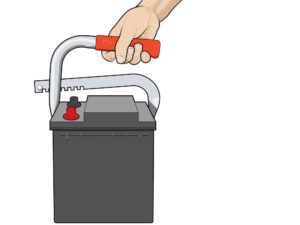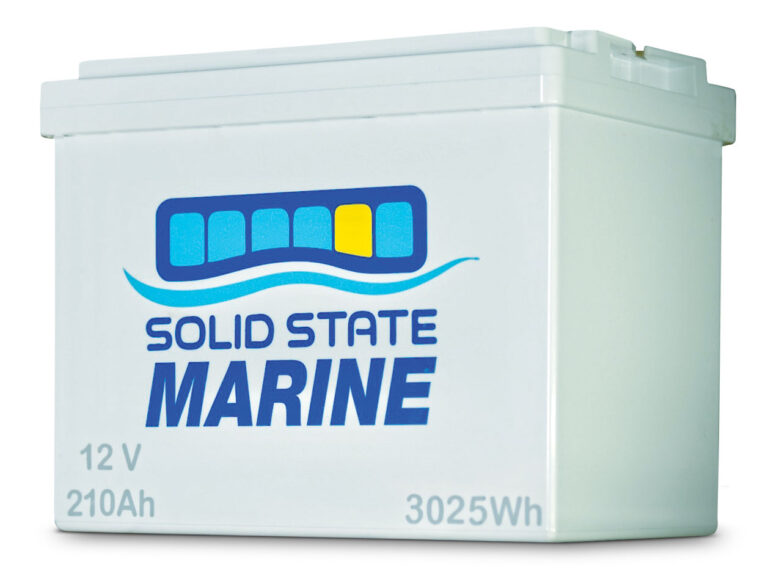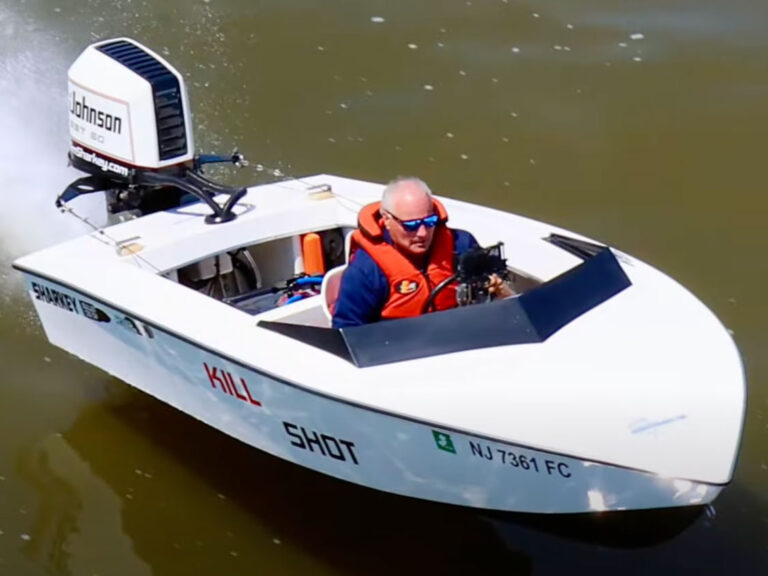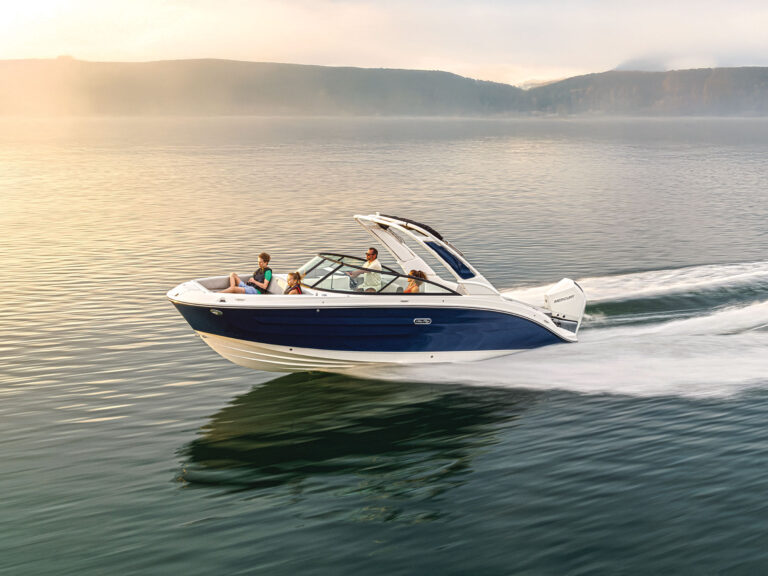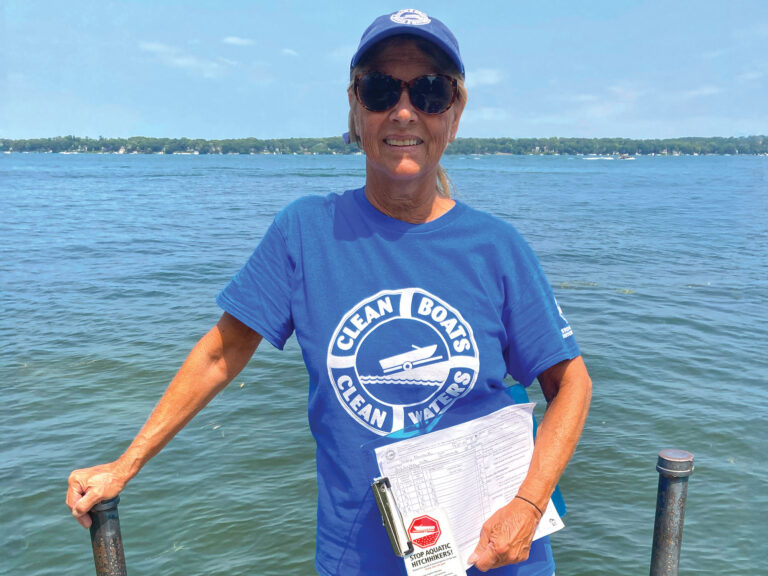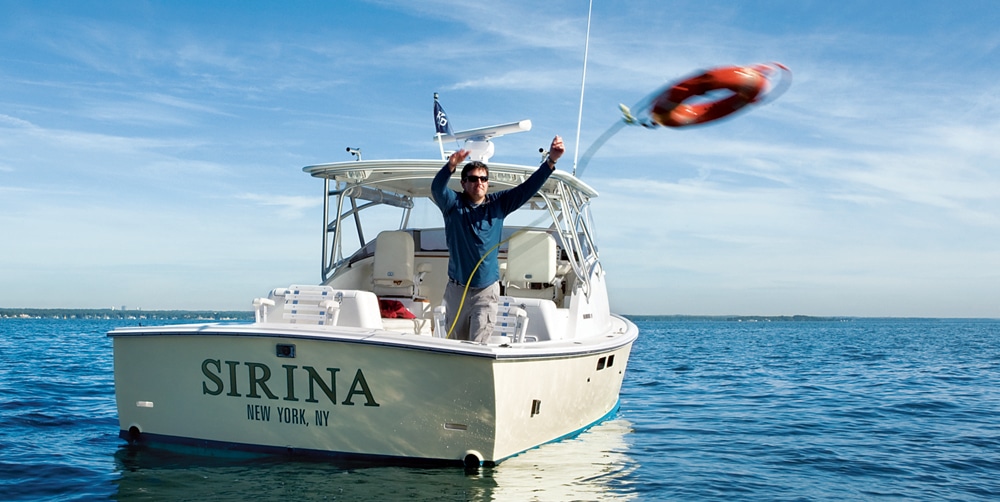
Common Mistakes
Common Man Overboard Mistakes
*Throwing the safety line before the captain gives the order.
*Not holding the end of the safety line or cleating it off before throwing.
*Overmaneuvering the boat around the victim.
Common Engine-Room Fire Mistakes
*Rushing to open the engine hatch. Feel the hatch first and look for signs of flame. Opening the hatch will fuel the fire with more oxygen, making it burn faster.
*Forgetting about reflash. Have a crew member stand by the compartment with a second fire extinguisher or bucket of water after you’ve put the fire out.
*Forgetting to shut off the fuel line valve to the engine.
Common Mistakes While Adrift
*Deploying an anchor without enough scope. You should let out the rode at a minimum of a 5:1 ratio, meaning five times the depth of water at high tide plus the height of the bow above the water. So if the chart says you’re in 10 feet of water, to hold you need to let out 50 feet of rode and another three to five feet to account for the height of your bow.
*Letting the boat drift abeam to the seas. This puts your boat in a position vulnerable to pitching someone overboard, taking on water or turtling.
Common Mistakes When Taking On Water
*Relying on bilge pumps that are too small for the size of your boat.
*Draining the batteries by running too many electronics. No juice means no pumps.
*Clogging or covering your cockpit scuppers.
Common Mistakes Running Aground
*Ignoring the tides. Know the tidal range in your area, or any possible changes in water level in fresh water.
*Gunning the engines in reverse. Your props are no longer protected by the skeg and are exposed to potential damage.
*Ignoring any recent Coast Guard Local Notices to Mariners. The Coasties publish any changes to channels, sandbars or aids to navigation online at navcen.uscg.gov.
Common Docking Mistakes
*Docking with the wind or current, or misjudging how strong they are. Determine which natural force is strongest; heading into it creates a natural brake.
*Overworking the throttles. There’s always a delay between action at the helm and the movement of the boat. Gasiorek says, “People don’t wait to see what their boat’s doing before they try to correct their last move.” Take your time. Use patience. Be a pro.




